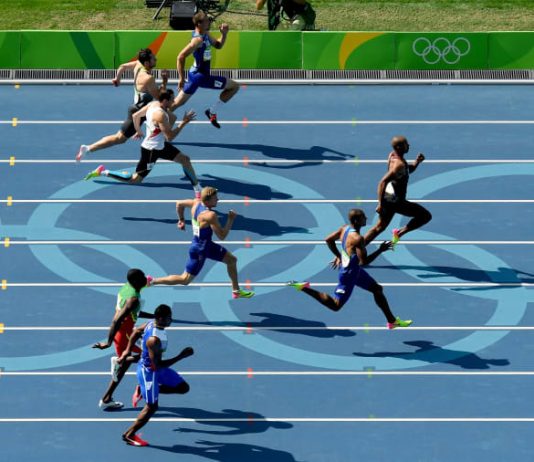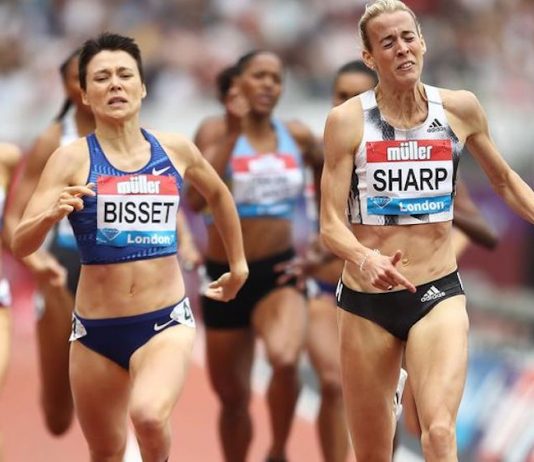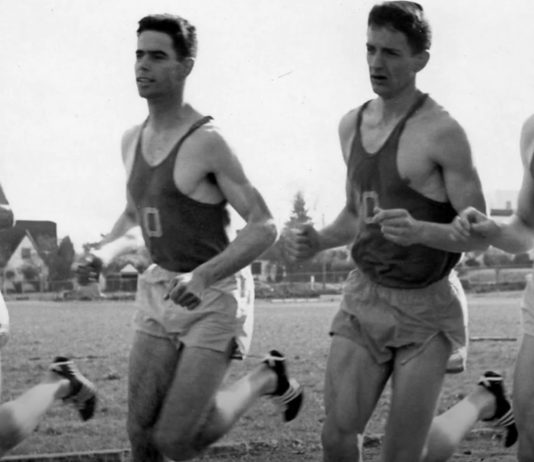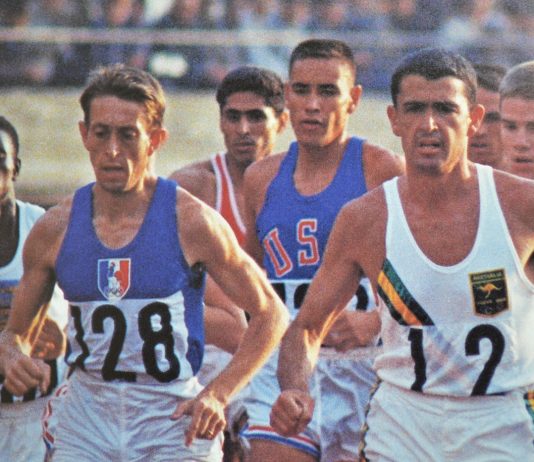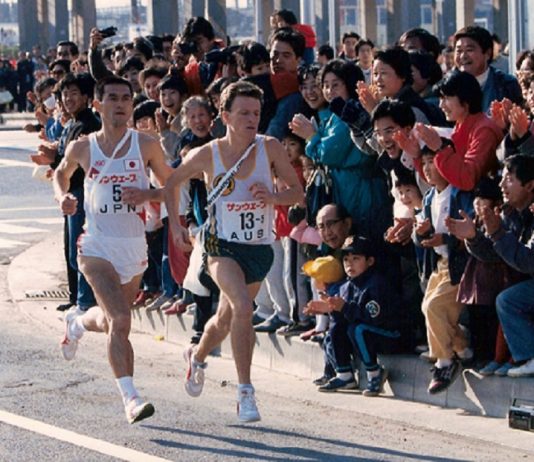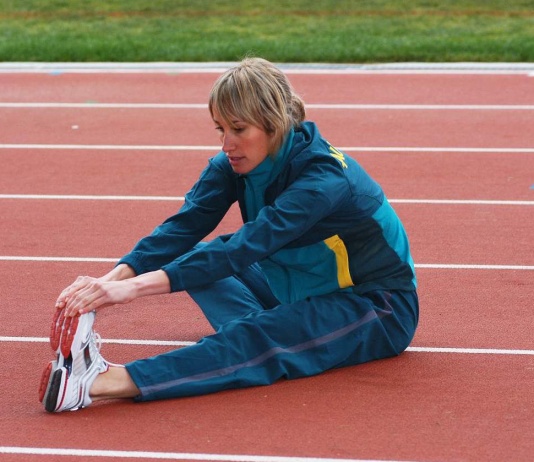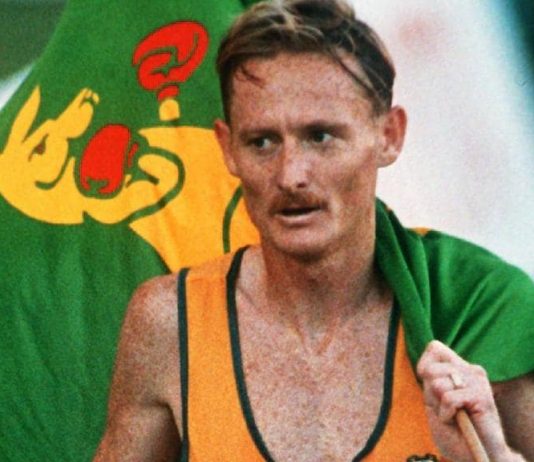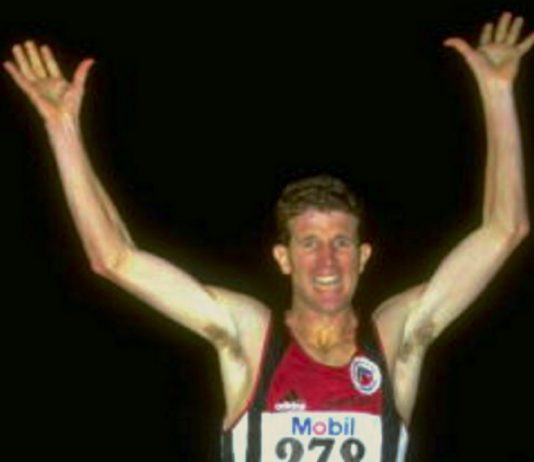Just a little pinprick . . . you may feel a little sick | A column by Len Johnson
Runnerstribe Admin -
That was pretty quick, wasn’t it? One minute the Olympic Games are full steam ahead, the next they’re punted off into 2021, maybe 2020, sometime in the future anyway.
Quick – and painless, we’re assured. Just as the doctor assures Pink, in Pink Floyd’s The Wall, as he is about...
Sugar-coating the pill. Bait and switch. Little white lies.
Life is full of euphemisms for the art of getting us to buy – most often, it is ‘buy’ – a less tasty commodity by implying we are actually being offered something far more palatable.
History is a dry subject; statistics even...
James ‘Jim’ Bailey: 21 July, 1929-31 March, 2020
Jim Bailey, who died in America on 31 March, was a runner of undoubted talent. Yet, despite making an Olympic and a Commonwealth Games team and winning two national titles over 880 yards, Bailey is, and will continue to be, remembered for...
The longer the Covid-19 pandemic takes to work its way around the world, the further we retreat into the confines of our own homes.
Once the earth was our limit (unless you’ve stumped up half a million for a voyage to Mars via Elon Musk). Now, life is restricted to...
Given the painfully slow historic process of admitting that women were capable of running long distances, would it surprise you to learn that women led the adoption of annual Australian cross-country championships.
Yes, it would, I’m presuming you replied. It certainly came as a shock to me. Yet, in 1960,...
As we ‘progress’ ever further into this strange time of lockdown, increasingly the past is becoming our new future.
Denied competition to get enthusiastic about we dig ever deeper into nostalgia. And the good thing about nostalgia is that – despite its not being as good as it used to...
I can’t remember whether Ingrid Kristiansen called me, or I called her.
But there was a phone call in March, 1988, the week before the women’s world 15km road race championship in Adelaide. Kristiansen was training at Falls Creek in preparation for a tilt at two world titles within six...
Mention cold calls to any relatively old-time journalist and it’s just as likely beads of perspiration will break out spontaneously on their forehead.
Cold calls – the phone calls you make when you’re not entirely sure of the likely outcome, but there’s a fair chance it won’t be good –...
Can it really be just a few months (spoiler: yes, it can) since many of us were aghast at World Athletics’ decision to trim formats to fit Diamond League meetings into a 90-minute television window.
In those pre-coronavirus days, the decision to defenestrate some beloved events – the 5000 metres,...
A strange thing happened when Track & Field News published its annual rankings for 1990. The number one in the men’s 1500 metres had never ranked in the top-10 before. Even more strongly, neither had number two; nor, for that matter, had number three.
Performance governs the rankings: Noureddine Morceli,...


